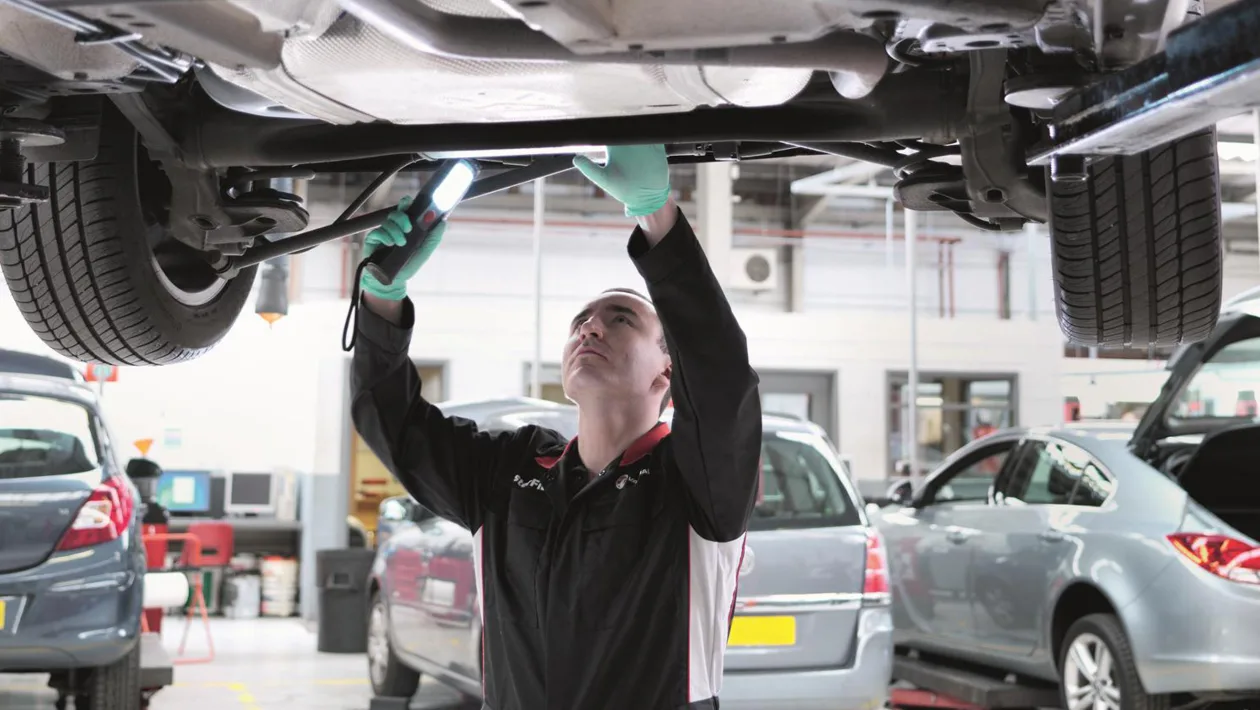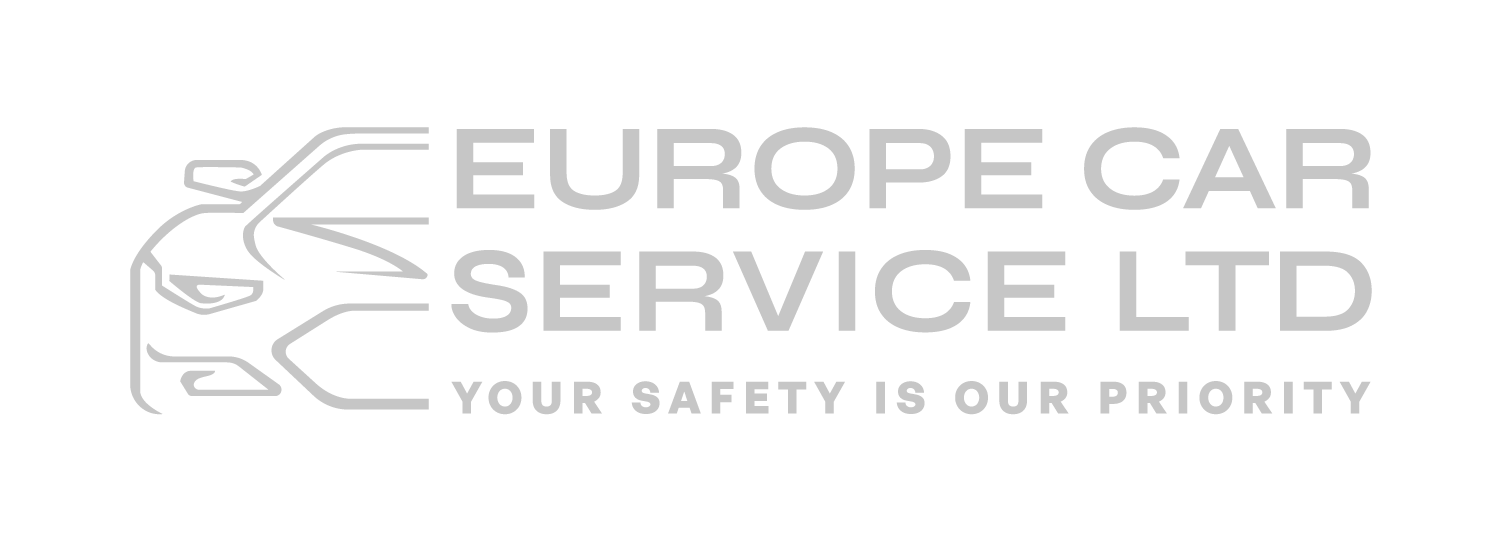Here’s what you need to consider as a driver in the build up to your car’s annual MOT.
When to get an MOT
When your car is three years old from the date of its registration it will need its first MOT test – and then it needs to be retested every year on the anniversary of its last MOT test.
Once passed, you’ll get an MOT test certificate with test date on it, and the date of expiry so you know when your next one is due. You can get the vehicle retested up to a month (minus a day) before it expires and keep the original renewal date.
When is my MOT due?
Your MOT due date will be on your previous MOT certificate. If you’ve lost your MOT certificate you can use the GOV.uk tool to enter your registration number and vehicle make.
This will check both your MOT status and tax status in a matter of seconds. You’ll also be able to have a fresh MOT certificate sent to you for free to replace the lost one.
The MyRAC app on the Apple App Store and Google Play lets you add reminders to each of your vehicles for important dates like MOT, servicing and more.
MOT grace period
There is no MOT grace period. As soon as your MOT has expired it becomes illegal to drive your car on the road. Doing so risks prosecution. You also cannot tax a vehicle without a current MOT certificate.
Can I drive without an MOT?
No. You can’t drive a vehicle without it having a valid MOT certificate. The only exception is that you’re able to drive your vehicle to its MOT test, as long as the test has been booked.
If you own a vehicle and are not planning on driving it you must keep it off the road and will have to declare it SORN.
Find out the risks of driving without an MOT in our full guide.
You can keep on track with your car’s maintenance by getting a service or MOT plan to spread the cost over two years.
Complete MOT checklist
Pre-MOT checks
There are some quick things you can do as a driver to give your vehicle the best chace of passing its MOT. If anything does ned a quick fix before your test, running through a checklist can help you keep your renewal date intact.
- Keep your car clean, inside and out. A boot full of clutter and an excessively dirty car could lead to an examiner refusing to carry out the MOT.
- Give number plates a clean as they need to be readable to pass the MOT.
- Check the windscreen wipers are in good condition, with no tears.
- Check all lights are in working order. Ask a friend or family member to stand outside the car and confirm lights function properly.
- Check tyre tread using the 20p test, and tyre pressure too
- Top up all fluid levels – screenwash, brake fluid and oil.
- Check that the horn works – give it a quick honk!
- All of your mirrors should be intact and secure to ensure you can use them safely.
- The Vehicle Identification Number (VIN) in your car’s V5C logbook should match that marked on your car’s bodywork.
If you do need a quick repair, consider bringing an expert to you. Mobile mechanics can carry out a wide range of repairs on your driveway or work car park.
Service, repair or MOT?
You can trust the RAC with our local approved garages and NEW mobile mechanics.
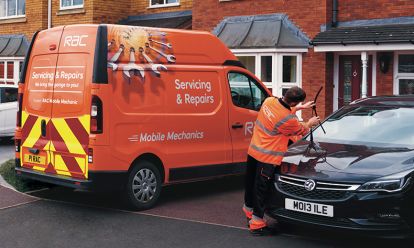
Brakes
Along with your tyres, your brakes are the most safety-critical components of all, and they must work properly to pass the MOT.
Testers usually put the car on rollers to check the brakes decelerate it effectively, and that they’re correctly balanced – i.e. that it stops in a straight line. The pedal rubber must not be worn to excess and the ABS warning light must work if anti-lock brakes are fitted. The handbrake/parking brake must work and hold the car firmly, even on a steep incline.
Brake condition is also assessed by examining the discs, pads and calipers, plus the relevant pipes and cables. Under the bonnet, the brake servo and master cylinder will be examined, too.
Bodywork
Sharp edges on the bodywork caused by corrosion or accident damage are not permitted, as they could injure pedestrians.
Rust is an MOT issue more generally, particularly for older cars. Excessive corrosion on safety-related parts, such as the steering and brakes, is a no-no, while rust within 30cm of these components may also result in a fail.
Doors and openings
Testers will check that the doors can be opened from inside and outside the car, and that all openings – including the bonnet and tailgate – can be shut securely.
- The five most common MOT fails and how to avoid them
- Find out how to check your lights.
- 10 driving habits that are secretly damaging your car
Exhaust and emissions
For fuel powered vehicles, emissions are tested using specialist equipment connected to your car’s exhaust. The legal limit varies depending on the age of the vehicle, with much stricter standards for newer cars.
Visible smoke from the tailpipe may mean an MOT fail – as can excessive noise so boy racers should beware.
The tester will also check both the exhaust system and fuel filler cap are fixed securely to prevent possible leaks.
Horn
A simple one: the horn must work, and be loud enough to be audible to other vehicles. Also, ‘novelty’ car horns that play multiple notes or tunes are not allowed.
Lights
All lamps must be working correctly, including headlights, tail lights, indicators (inc. hazard lights), side lights, brake lights and rear fog lights. The latter are only required on cars built post-1986, and must activate a tell-tale symbol on the dashboard to alert the driver when they’re switched on.
The alignment of the headlights is also checked – and adjusted if necessary – to avoid dazzling oncoming traffic. All cars built after 1 April 1980 must have two red rear reflectors.
Seats and seatbelts
Seats should be securely fixed, with seatbelts a legal requirement for all post-1965 cars (and strongly advisable on those built earlier). Belts need to be securely fixed – including the clip/locking mechanism – and in good condition.
Inertia-reel belts should also retract properly to fit around the driver.
Steering
Steering faults are not easy to check or fix yourself. The tester will ensure the steering wheel and column are in good condition and fixed properly, and that there isn’t excessive ‘free play’ in the system.
The steering bearings are inspected for wear, while all bolts, clamps, gaiters and universal joints should also be checked. The operation of power steering (fitted to virtually all modern cars) is tested with the engine running. The wheels must not foul the bodywork on full lock.
Tow bar
If your car has a tow bar fitted (for pulling a trailer or caravan, for example), it must be secure and not damaged or corroded.
Vehicle identification
Your car’s Vehicle Identification Number (VIN) – also known as the chassis number and found on the V5 registration document – must also be displayed and legible. It’s often found at the base of the windscreen, or on a stamped metal panel under the bonnet.
Wheels and tyres
It goes without saying that all four wheels need to be securely attached to the car, with no bolts missing. Rims will also be examined for damage, including distortion or cracks, and the condition of the wheel bearings is assessed.
With regard to tyres, the law states that tread-depth must be: “At least 1.6mm throughout a continuous band comprising the central three-quarters of the breadth of tread around the entire outer circumference of the tyre”. If your tyres are close to this limit, you may be given an advisory warning that new rubber is required soon.
Testers will also check the tyres for cuts or bulges, and ensure that the same-size tyres are fitted on each axle. The spare wheel is not part of the MOT test, but it must be mounted securely if outside the car.
Windows and mirrors
Windscreen damage is a common cause of MOT failure. Chips or cracks must measure less than 10mm across if within the area swept by the windscreen wipers. Outside this area, up to 40mm is allowed.
The wipers must operate correctly and the rubber blades must be in good condition. Likewise, rear-view mirrors must be secure and not damaged to an extent that could impair the driver’s vision.
The MOT itself
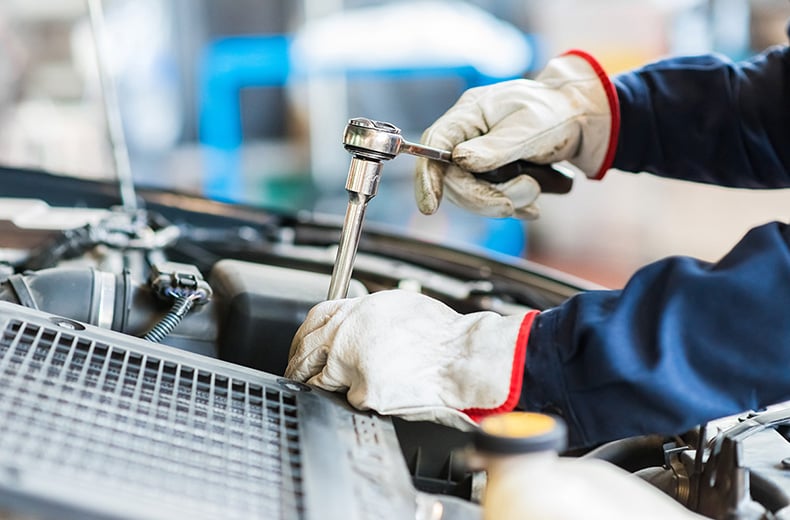
MOTs are pretty straightforward, however, here are a few things to look out for regarding cost and where to get one.
Where should I get my MOT done?
There are the obvious places to look online and in directories, however, the best place to go is a place you trust, a reputable garage that has been recommended to you – you can find many using our RAC-approved garage network. We offer all sorts of servicing, maintenance and repair products too.
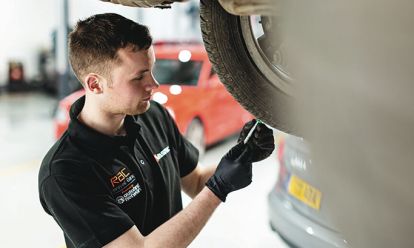
How much does an MOT cost?
The maximum MOT fee for a car with up to eight passenger seats is £54.85. For a motorcycle it’s £29.65. Generally, the larger the vehicle the higher the maximum fee.
The amount you pay for an MOT test fluctuates depending on the type of vehicle – but there is a maximum charge. Those fees are listed in full on the GOV.UK website.
How long does an MOT take and what gets covered?
The test takes around 45 minutes to an hour, and some owners choose to wait while the vehicle is being inspected.
If repairs are required following the test the process will take longer. During the test, the following areas are inspected:
- Electrical equipment – including headlights, brake lights, indicators and fog lights.
- Steering – including the strength and condition of the steering wheel.
- Tyres – including tread depth and condition of the tyres.
- Suspension – including shock absorbers and any corrosion and wear.
- Brakes – including overall condition of pedals and brake efficiency.
- Seat belts and seats
- Exhaust and emissions – including checking for any leaks in the exhaust and fuel system
- Mirrors, wipers and windscreen – including any damage to the windscreen and condition of the wiper blades
- Vehicle Identification Number (VPN) – ensuring the vehicle displays its VPN is important
MOT exemptions
Cars that are 40 years old or more are exempt, unless the vehicle has had substantial changes.
MOT fails and defects
The initial fail rate for cars, vans and passenger vehicles with up to 12 seats in is around 37%, so there’s a fair chance you will find yourself in a situation where your car fails its MOT.
Common MOT fails
The three most common reasons for MOT failures are faults with lights, suspension and brakes. We’ve got a full article all about the most common MOT fails and how to avoid them too. Below is a list of the categories used on many checks and the associated percentage of failures attributed to them.
| MOT defect category | % of defects |
|---|---|
| Lights & Signals | 29.6% |
| Suspension | 20.2% |
| Brakes | 17.2% |
| Tyres | 10.4% |
| Driver’s View | 8.7% |
| Fuel & exhaust | 5.4% |
| Steering | 3% |
| Seat belts | 2.2% |
| Body | 1.9% |
| Reg & VIN | 0.9% |
| Wheels | 0.5% |
What if your car fails its MOT?
Since May 2018, MOTs have categorised defects as either dangerous, major, or minor. If your car or vehicle has a dangerous or major fault it will fail its MOT. You’ll be given a ‘refusal’ of an MOT certificate, called a VT30 form.
If your vehicle has a dangerous fault it cannot be driven until that fault has been repaired, whereas major faults should be repaired as soon as possible. You are able to pass an MOT with minor faults although these, too, will need repairing.
Can you drive with a failed MOT?
Technically yes – but only if your existing MOT certificate is still in date and valid. This situation can only occur if you’ve had the car tested in the month leading up to the expiry date.
However, you will still need to get the faults corrected by the MOT’s date of expiry or you won’t get a new MOT certificate. If the car is not considered roadworthy and you are driving it, you could be stopped and prosecuted.
Driving a car that has failed its MOT is never recommended. Read up on the risks of driving without an MOT in our guide.
Getting repairs after a failed MOT
If your car fails its MOT, the garage or test centre will inform you of any repairs needed.
You then have a range of options according to the MOT failure rules.
You can leave the vehicle with the garage and ask them to carry out the repairs. Depending on the number of faults and severity of the issues, the car may be repaired and then re-tested later in the same day. The vehicle can have a partial retest, covering the faults that have been rectified.
The repairs may be more serious and take longer – but if they’re carried out within 10 days of the original test, a partial MOT retest is still fine.
You can take the vehicle away for repairs elsewhere and bring it back to the original garage or test centre for a partial retest. This retest is free for a range of items, including wheels, tyres, wipers, mirrors and doors.
If the vehicle is retested 10 days after the original test, you’ll be charged the full fee. You will also be charged the full fee if the partial retest fails – once further repairs are carried out.
You could also get an MOT retest at a different garage but you are likely to have to pay for that second test in full as they will be testing it for the first time.
Book car repair near you with a mobile mechanic or traditional garage today.
After the MOT
If you’re lucky you’ll pass without any advisories, but if not then there are still things to consider after your car has been given its clean bill of health.
What does an MOT advisory note mean?
Sometimes, your car may pass its MOT but with so-called “minor faults”. These indicate issues with the vehicle that haven’t been deemed serious enough for it to fail, but will need addressing in the near future.
Think of them as warnings. Although your car has been passed fit to drive, minor faults shouldn’t be ignored. Typical issues might be tyres that are getting close to having the minimum tread depth and will need replacing soon, or brake pads showing signs of being worn.
If minor faults are ignored, there’s a good chance your car may fail an upcoming MOT test. It may also have an effect on resale value as any buyer will be aware of the need to make repairs.

